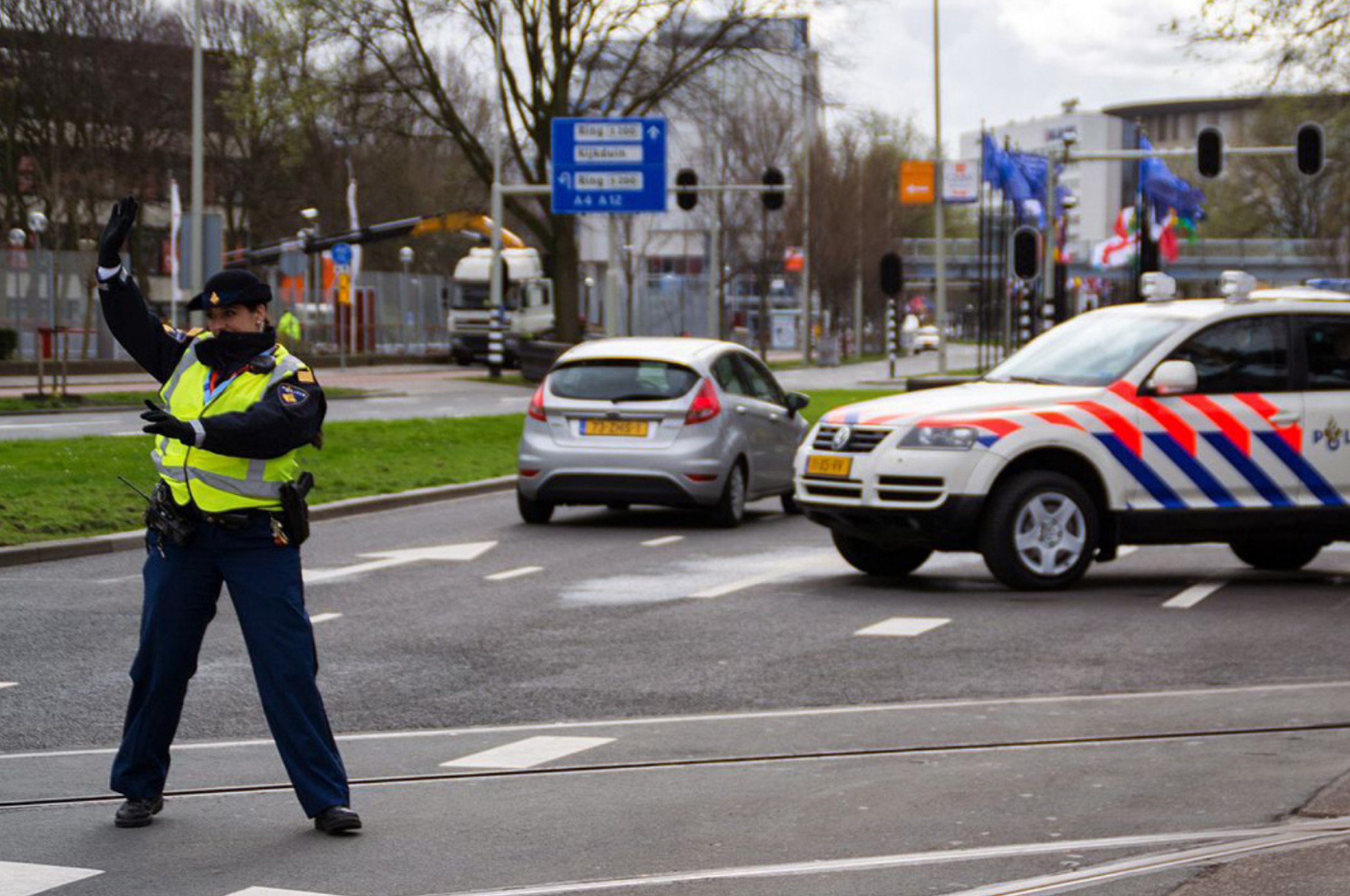Dutch National Police uses AIMMS to Effectively Position Vehicles for Fast Emergency Response

About
The Dutch National Police consists of 10 Regional Units. Each Unit is managed by a Chief Constable and consists of districts divided into Frontline Teams. Each team provides basic police services in a municipality, part of a large municipality, or cluster of smaller ones.
Problem
The Dutch police force went through a large restructuring in 2013, resulting in the need to close a significant number of police stations. One of the major effects of closing a police station is a potential increase in average response times for high-priority incidents, since certain locations would lose coverage. The organization needed to better understand the consequences of using different police station locations in order to assess how many emergency vehicles it would need and where they should be placed to best attend to the needs of the community and optimize response time for high-priority incidents.
Solution
Leveraging data from the police base in IJsselstreek, an Industrial Engineering Masters Student at University of Twente developed an AIMMS-based emergency vehicle positioning model. Using the model, the police can maximize the expected coverage fraction given a number of available vehicles and locations of police stations. The model helps the team generate a 48 hour plan and can be solved again after an incident happens. Therefore, when an incident happens and the nearest vehicle responds to it, the positioning model is able to reallocate the remaining vehicles in an optimal way.
Results
Using the model, the police was able to determine which and how many police stations it could close in IJsselstreek without compromising response times. The model can also be used to optimize the positions of emergency vehicles in order to respond to 90% of high-priority incidents within 15 minutes.
- Improved decision support
- Better emergency vehicle positioning
- Improved ability to respond to emergencies with available resources





